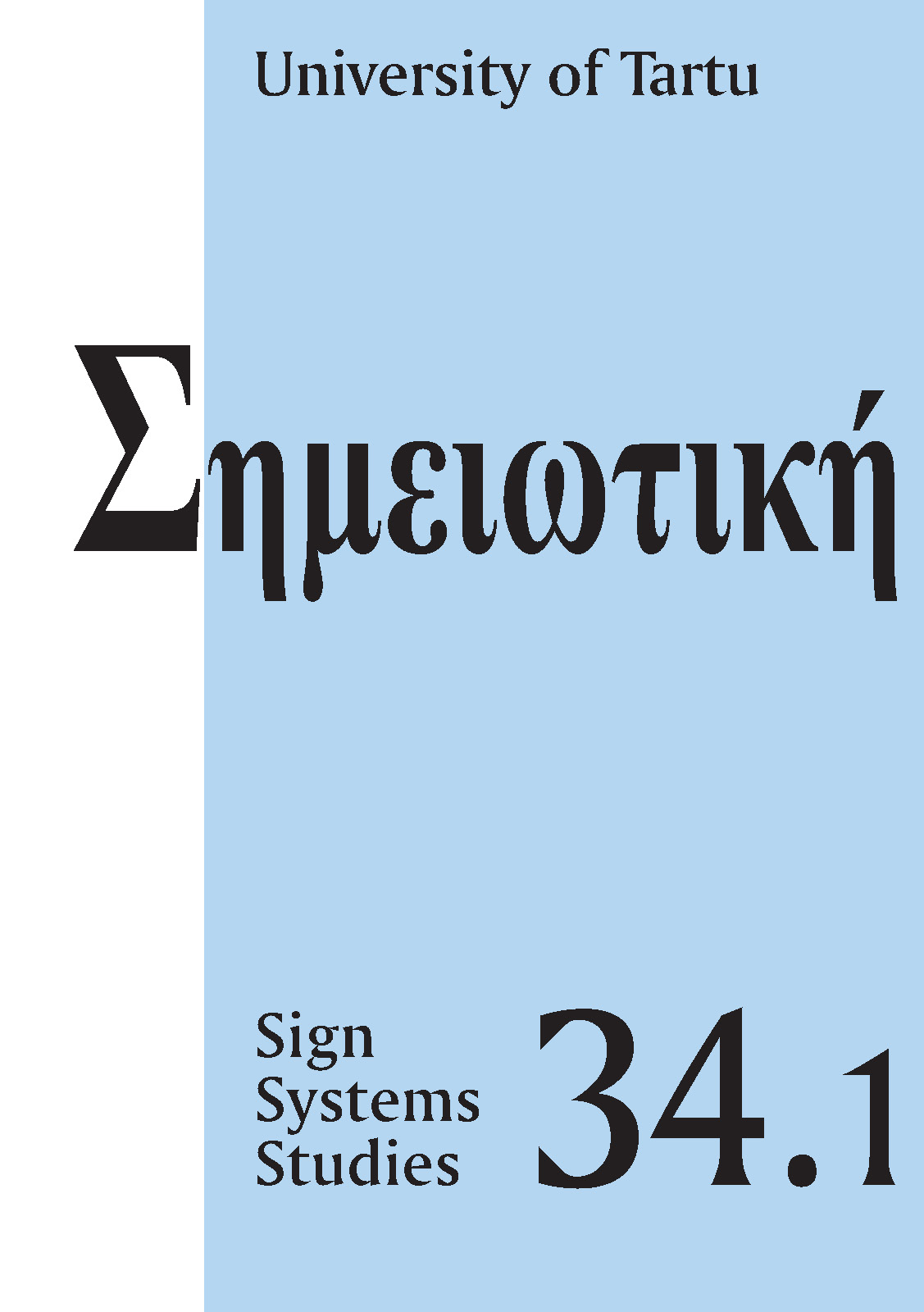Semiosis and pragmatism: Toward a dynamic concept of meaning
DOI:
https://doi.org/10.12697/SSS.2006.34.1.02Abstract
Philosophers and social scientists of diverse orientations have suggested that the pragmatics of semiosis is germane to a dynamic account of meaning as process. Semiosis, the central focus of C. S. Peirce’s pragmatic philosophy, may hold a key to perennial problems regarding meaning. Indeed, Peirce’s thought should be deemed seminal when placed within the cognitive sciences, especially with respect to his concept of the sign. According to Peirce’s pragmatic model, semiosis is a triadic, time-bound, context-sensitive, interpreter-dependent, materially extended dynamic process. Semiosis involves inter-relatedness and inter-action between signs, their objects, acts and events in the world, and the semiotic agents who are in the process of making and taking them.


